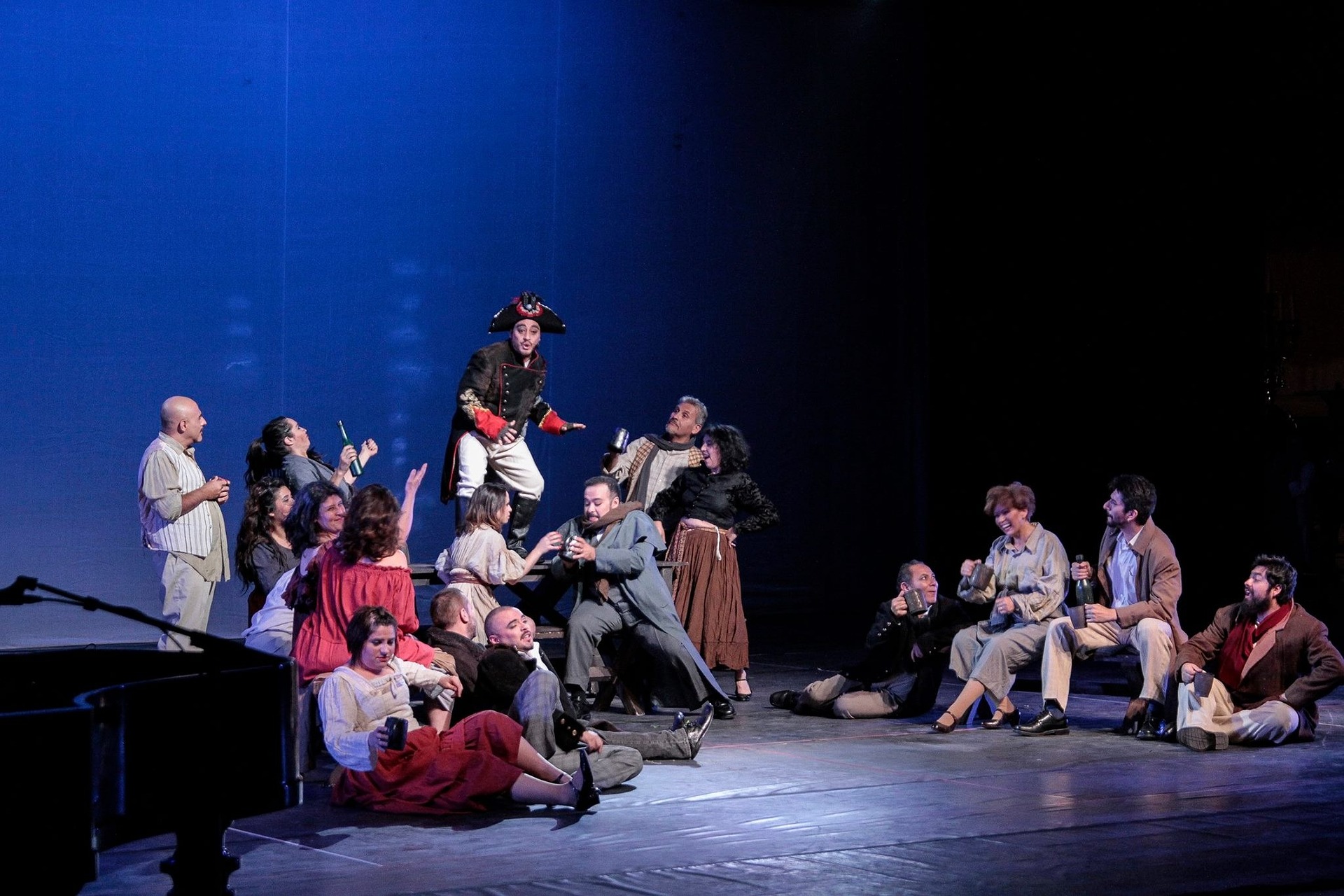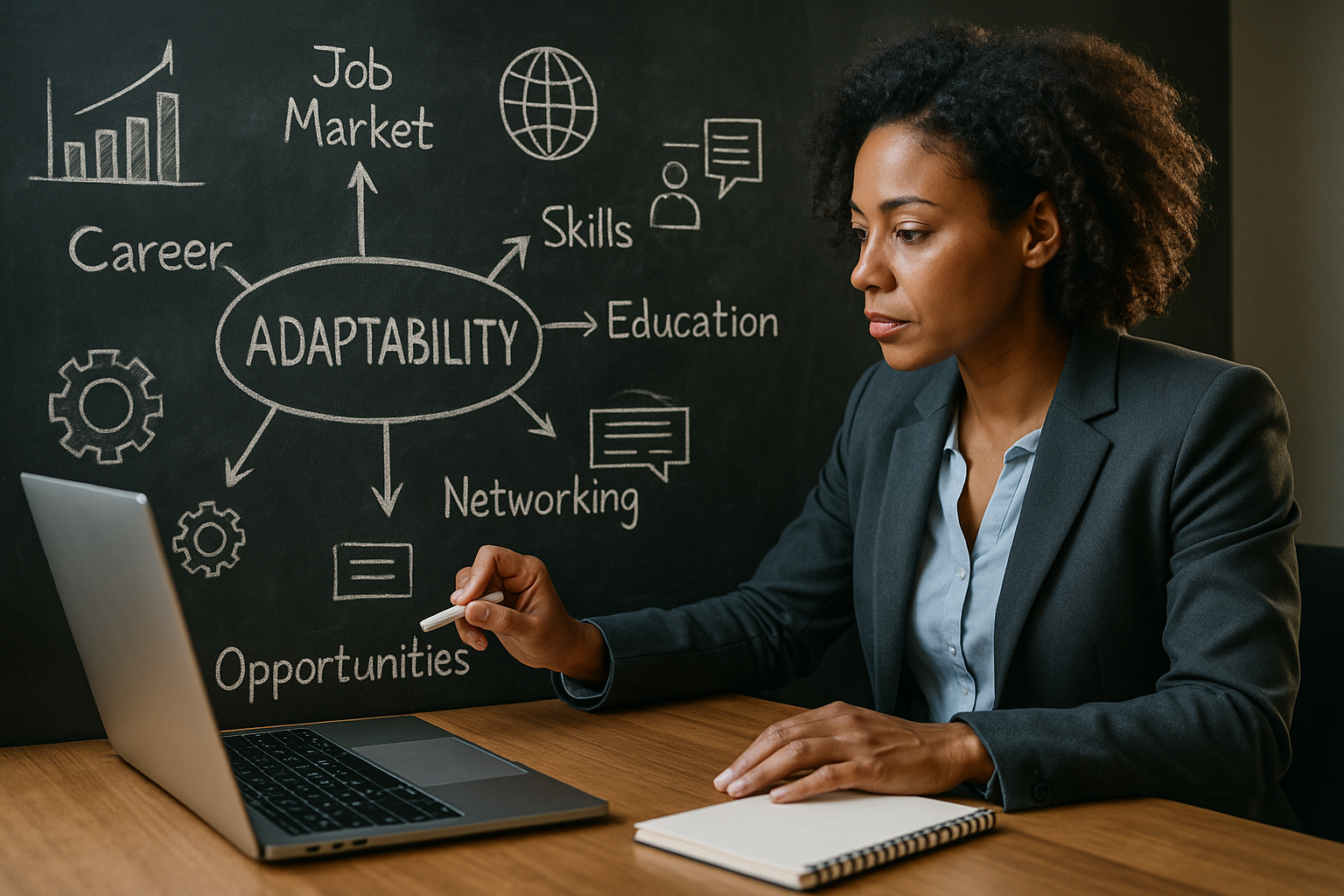The Unseen Influence: How Artistic AI is Reshaping Entertainment
The dawn of artificial intelligence in the arts and entertainment is upon us. This is not the robot takeover feared by many, but an exciting new chapter in creativity. Explore how AI's invisible touch is transforming the industry and offering fresh perspectives on art and entertainment.

The Emergence of Artistic AI
Artificial intelligence has been around for decades, but only recently has it started making significant ripples in the arts and entertainment industry. The initial stages were characterized by simple algorithms and machine learning models, but as technology advanced, so did AI’s capabilities. Nowadays, AI is not just mimicking human creativity, but it’s also contributing its own unique artistic expressions.
AI in Film and Television
The use of AI in film and television production is steadily increasing. Algorithms are being used to analyze scripts, predict audience reactions, and even help in casting decisions. More impressively, AI is starting to venture into content creation. For instance, the short film “Sunspring,” released in 2016, was entirely written by an AI program. While it may not have been a cinematic masterpiece, it signaled the potential of AI in scriptwriting and storytelling.
Music Composition and AI
Music composition is another field where AI is making its mark. Apps like Amper Music and AIVA are using AI to compose music for films, video games, and advertisements. These tools analyze musical patterns and use machine learning to generate music that fits specific moods and styles. While this doesn’t replace human composers, it certainly opens up new possibilities for creating soundscapes.
AI in Visual Arts
In the visual arts sector, AI has been used to create stunning pieces of art. A notable example is “Portrait of Edmond de Belamy,” an artwork created by an AI and sold at an auction for a whopping $432,500. AI is also used in digital art platforms, where algorithms create unique visuals based on user inputs, blurring the lines between artist and machine.
The Impact of AI on Artistic Expression
The influence of AI in the arts and entertainment industry isn’t just about technology taking over human tasks. It’s about expanding the boundaries of what’s considered possible in artistic expression. AI can generate ideas and compositions that humans might never think of, offering a fresh perspective on creativity. However, it also raises critical questions about the nature of art and the role of the artist, inviting us to reassess our understanding of creativity in the digital age.
AI’s role in the arts and entertainment industry is still evolving, with many exciting developments on the horizon. While it’s unlikely to replace human creativity, it’s certainly reshaping the ways we create and consume art. As we continue to explore this new frontier, one thing is clear: the intersection of AI and art promises a future full of intriguing possibilities.




